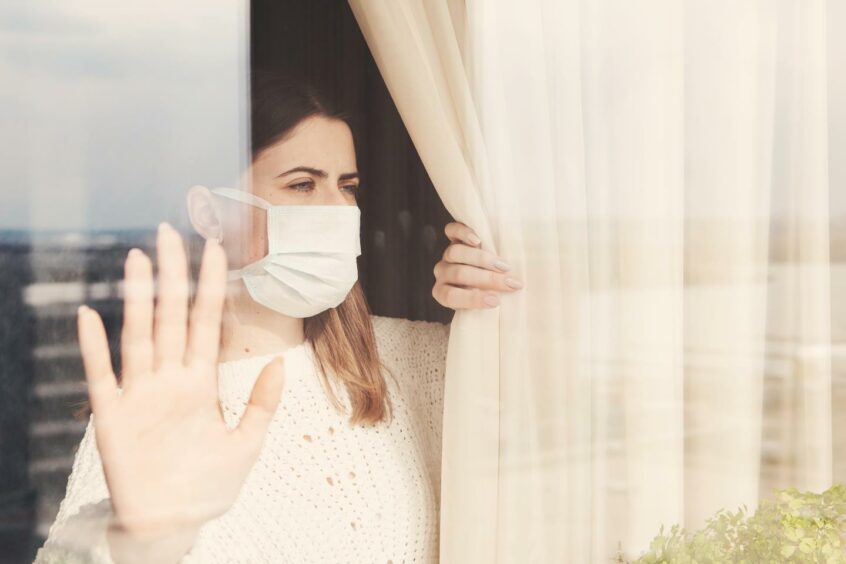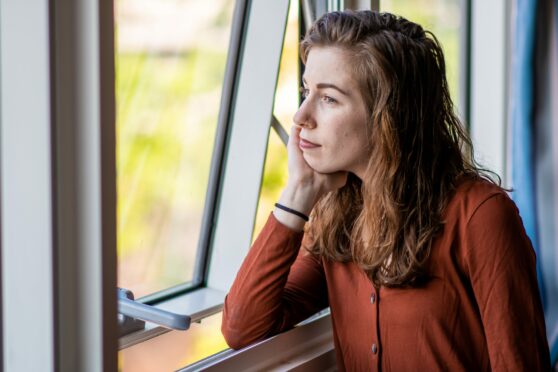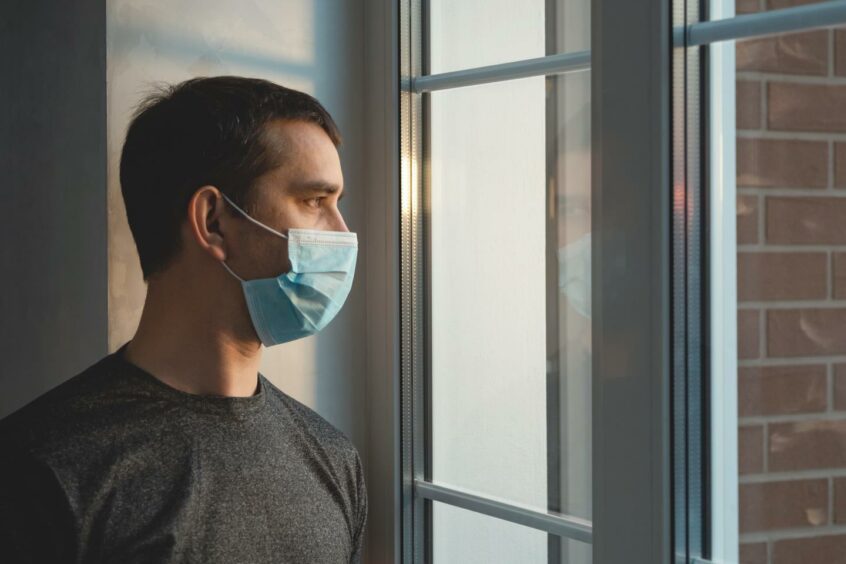The Scottish government is looking at Covid-19 data and considering changes to the length of time people have to isolate.
People who test positive in England now have to isolate for seven days, while it’s five days in the USA. Nicola Sturgeon says more information is needed before deciding on this.
But what are the current rules?
Do you still have to self-isolate if someone you live with tests positive? What are the rules for under-18s?
We’re reminding you of all the rules around self-isolation.
Do I still have to self-isolate if I have Covid or symptoms?
If you’ve tested positive for Covid – regardless of whether you know it is Omicron or any other variant – you must self-isolate for at least 10 days.
And household contacts of all positive Covid cases also have to isolate for 10 days.
This is regardless of vaccination status or if your PCR test is negative.
If you have symptoms (these now vary from a high temperature, fatigue to scratchy cough, and/or changes to your sense of smell or taste), you should also self-isolate and book a PCR test.
Who is a ‘household contact’?
- Those living with someone who tests positive – in the same home or shared accommodation like university halls.
- If you’ve spent eight hours or more with the person who tested positive during their infectious period – eg a sleepover.
- A sexual contact who doesn’t usually live with the person who is positive.
- A cleaner (not using PPE) working in the home of someone who tested positive, even if you didn’t spend time with them.
What should I do if I’m identified as a close contact?
If you’re a fully vaccinated adult identified as a close contact – but not a household contact – of someone who has Covid you should get a PCR test as soon as possible.

As long as you are double-vaccinated, your PCR test is negative and you don’t have any symptoms, you may end self-isolation.
So if you’re partially or non-vaccinated, you’ll need to self-isolate for 10 days, whether or not you have symptoms.
This is because symptoms can take several days to develop and you can pass on the virus even if you don’t know you have it. If you develop symptoms, request a test.
What are self-isolation rules for under-18s?
Under-18s identified as a close contact should get a PCR test as soon as possible.
Provided you return a negative result and do not have or develop symptoms, this group may end self-isolation as a close contact.
Children under five are encouraged but don’t have to take a PCR test.
Whole classes no longer need to self-isolate when a pupil tests positive, only closest contacts of positive cases required to test and isolate.
How do I self-isolate properly?
Stay at least two metres away from others in the home and sleep alone.
Spend as little time as possible in shared areas (sitting room, kitchen, bathroom) and avoid using your kitchen while others are present.
Use separate towels and clean shared areas and surfaces every day.

